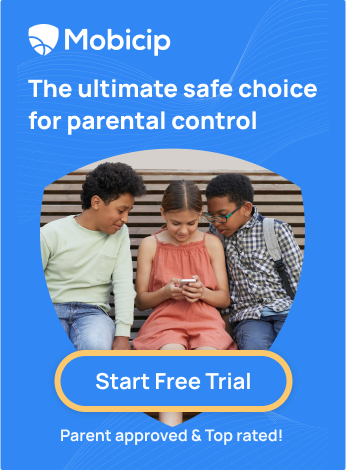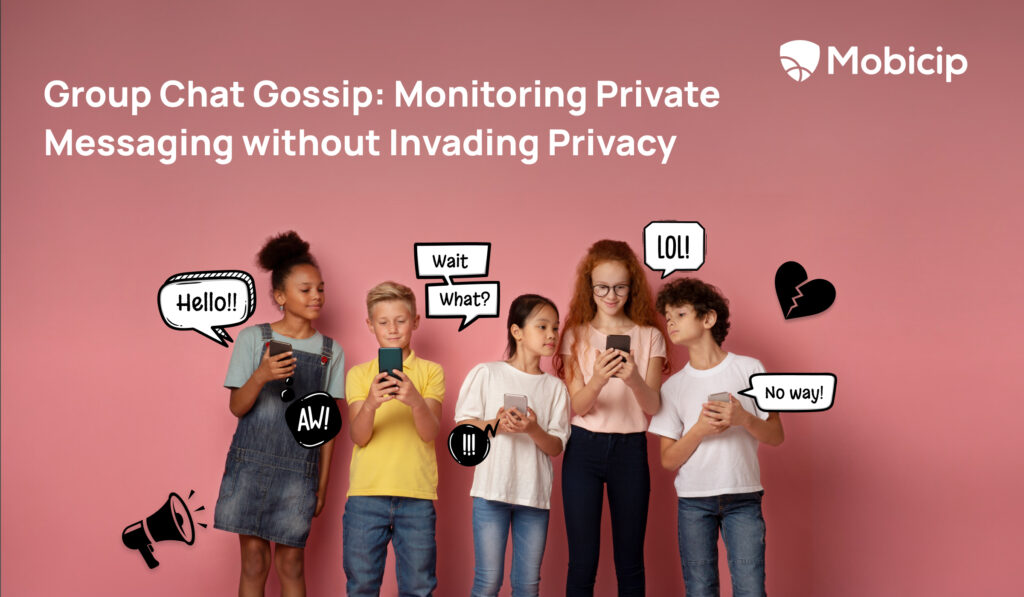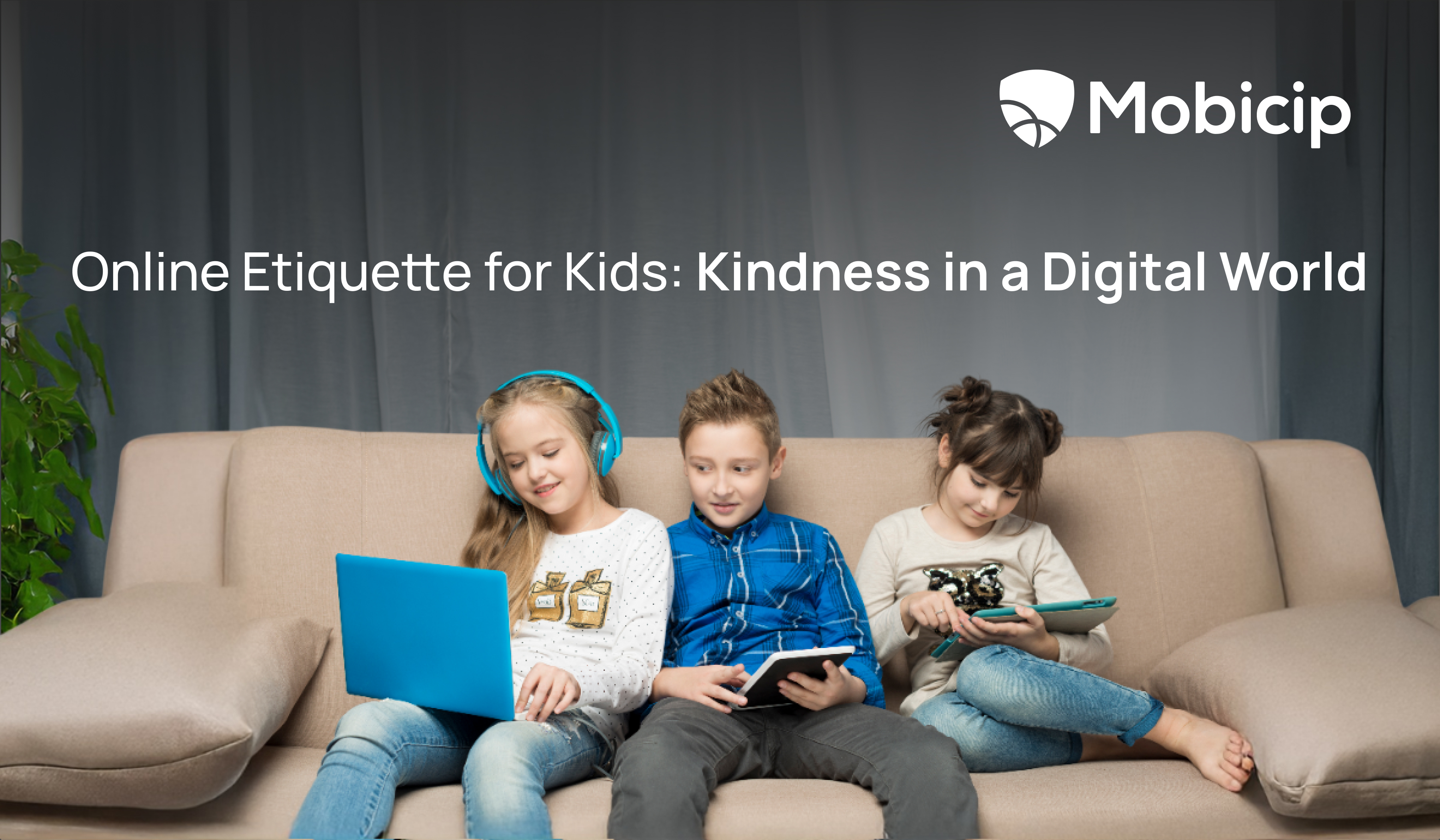How to Monitor Your Child’s Online Activity Without Invading Their Privacy
Knowing how to monitor your child’s online activity without invading their privacy is key to building trust in the digital world. Parents often struggle to find the right balance between privacy and supervision online. Read on to learn how to strike that balance and keep your child safe, with help from Mobicip.
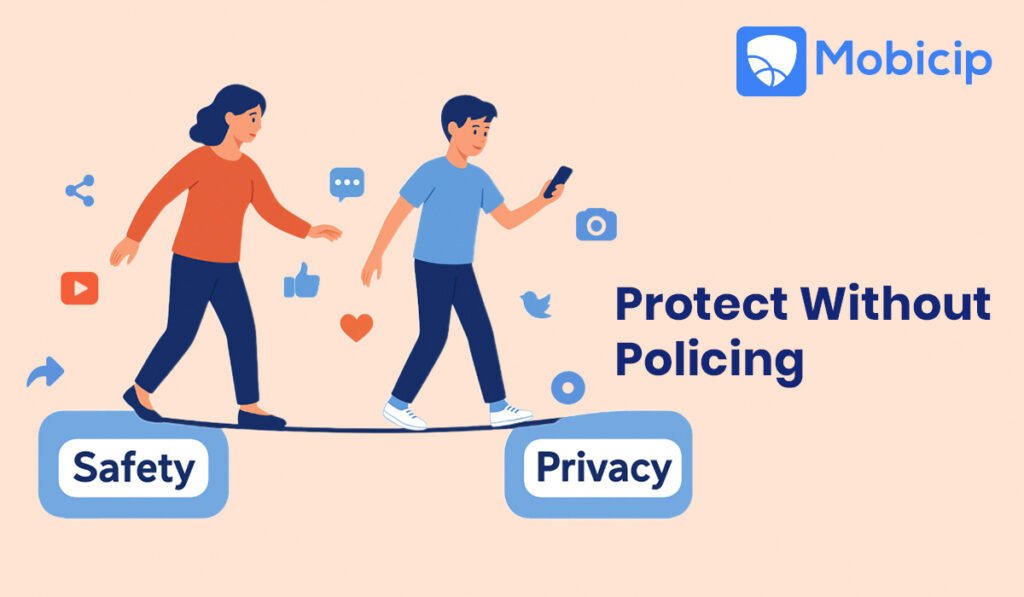
With the ubiquity of social media, messaging apps, and online gaming today, teens spend more time in digital spaces where risks like cyberbullying, inappropriate content, and online predators can lurk. Parents must protect their children from harm, but too much control can backfire and cause resentment. It may also cause the child to engage in secretive, even unsafe, behavior. Indeed, no parent wants their child in danger, but at the same time, no child wants their boundaries disrespected.
This article explores how parents can monitor their child’s online activity without invading privacy, building trust and respect. We’ll explore practical tools like Mobicip that help families stay safe while respecting teens’ privacy and independence.

Understand the Platforms Teens Use
The first step for parents in ensuring their child’s digital safety is to understand the platforms they use. This Pew Research Center report, for example, found that YouTube, Instagram, TikTok, and Snapchat were the most used among US teens as of 2024. Other apps in use among teens, albeit not as widespread, include X (Twitter), Discord, Reddit, WhatsApp, and Facebook.
Understanding each platform’s approach to user privacy, content moderation, and online harassment is key to knowing how to help one’s child should they face difficulties. Various platforms have their own content moderation policies. Instagram, for example, focuses on limiting harassment, hate speech, misinformation, and graphic content. Some platforms also allow disappearing messages; Snapchat and Instagram are examples. Parents can review the functionality of the apps their children use and look for red flags, such as location sharing, a culture of harassment, poor regulation of misinformation, etc.
Why It’s Important to Monitor Your Child’s Online Activity Without Invading Their Privacy
Before exploring how to monitor your child’s online activity without invading their privacy, let’s first understand why monitoring matters. Did you know that several tech CEOs and workers today don’t allow their children much access to the Internet or digital platforms? It’s perhaps unsurprising, given that adolescents today face several risks online. Some examples of these online risks include cyberbullying, grooming, exposure to inappropriate content, screen addiction, and heightened feelings of anxiety and depression. Those still at an impressionable age are not necessarily the best equipped to deal with these risks independently. Teens as young as 13 can use platforms like Instagram. Platforms such as YouTube are popular among even younger children.
While constant monitoring of a 17-year-old isn’t ideal, it’s wise to start younger teens online with clear guardrails. It is important to remember that monitoring is about safety, not control. Rather than approaching monitoring with a vision of digital surveillance, parents may see it as digital guardianship. Instead of criticizing every online action, parents can stay balanced by focusing on communication and understanding.
Start with Trust: Open Communication is Key
Before setting up any digital monitoring system, parents must have an open conversation with their children about it. They must help children understand the situation and listen to their point of view. Phrases like “I want to help you stay safe online, not spy on you” can help establish intent. Explaining how monitoring works and discussing concerns with children helps make the system fair and effective for everyone.
Regular check-ins on the digital experience can further help maintain that open communication. Parents should avoid over-monitoring or questioning every online action their child takes. Teens are more likely to self-report issues when there is a bond of trust between them and their family. Respecting rigid boundaries, listening, and being supportive while still encouraging personal responsibility can go a long way in building that bond.
Co-Create Digital Boundaries and Expectations
Setting screen-time limits, app-usage rules, and content boundaries can be a collaborative process. Parents can include children in the process and have them explain their needs and requirements. This can help parents create an online environment that’s safe yet conducive and enjoyable. Examples of rules that can be set and negotiated include “no phones after 9 PM” or “gaming only after homework.”
Just as parents should involve children in setting rules, they should also include them when reviewing those rules. Children don’t stay the same age forever; their sense of maturity, their needs, their interests, all these change with time. Rules must also change to match. Older teens may have a later bedtime or require less content moderation, for example.
Ultimately, involving adolescents in rule-setting can not only help them feel more comfortable about the experience but can foster a sense of ownership and accountability that they take with them going forward. It could help them self-regulate in the future and adopt a more organized approach to life.
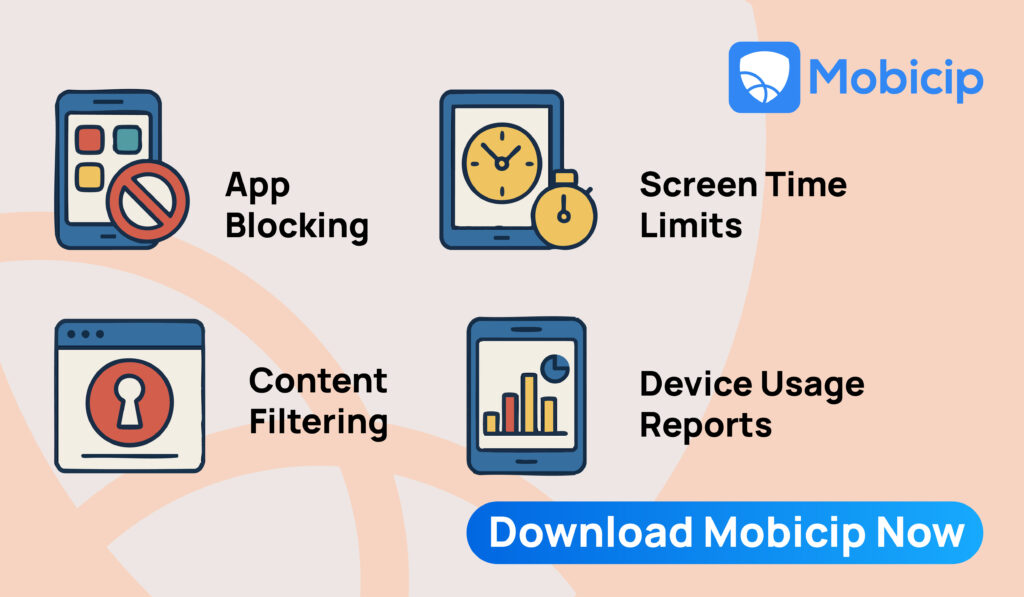
Use Parental Control Tools Transparently
Parental control tools such as Mobicip can help keep teens safe online. However, these tools must be used transparently and responsibly. Mobicip is an app that respects privacy while offering a wide range of digital guidance options. It allows parents to:
- Schedule and limit screen time across apps
- Block inappropriate apps
- Moderate inappropriate content
- Access weekly activity reports
Unlike many other parental control apps, Mobicip does not access deeply personal information such as text messages. Instead, it provides an overview of digital activity and alerts parents when it detects risky behavior in their child’s social media.
Parents should always let their children know when and how they use tools like Mobicip. Such apps must supplement rather than replace interpersonal dialogue. They can be used to start conversations about online patterns and healthier digital habits. Crucially, parents/caregivers must use them to curb excess and address threats to wellbeing, not to police or micromanage their children’s digital lives.
Spot Red Flags Without Snooping
Parents don’t need to comb through every inch of their child’s online activity to recognize when something’s wrong. They can look out for behavioral signs of distress. Should their child become unnaturally withdrawn, secretive, or moody,especially after using their devices, parents should intervene. Rather than confronting them about it, guns blazing, parents can first observe their behavior and social and online lives a little further. Should they spot any signs of deeper issues such as anxiety, stress, loneliness, low self-esteem, or even bullying, they can gently ask their child about it. It’s important to lead with empathy. For example, a simple “I saw a comment that worried me, can we talk about it?” could go a long way in creating a safe space to handle any issues.
Promote Digital Literacy and Critical Thinking
Empowering one’s child with digital literacy is a powerful way of protecting them online. Encouraging kids to question what they see online, from fake news to clickbait and ads, can help them avoid common digital traps. Teach them about the power of algorithms in shaping their online experience and the importance of avoiding echo chambers and mob mentality. Attend workshops on digital literacy with them and read up on the same.
Mobicip’s blog is an excellent starting point, with a wide range of articles on topics related to digital safety. It focuses on helping parents navigate the digital world with confidence and empathy. They explore issues like online privacy and data protection, teaching kids how to avoid oversharing personal details and stay safe from digital “stranger danger.” Many posts address cyberbullying—how to spot the warning signs, support affected children, and promote kindness online.
The blogs also discuss social media’s impact on mental health, especially how comparison and FOMO can affect a child’s confidence and wellbeing. Other articles guide parents in building healthy digital habits, balancing screen time, and setting age-appropriate boundaries for device use. In addition, Mobicip frequently highlights the risks of online grooming, gaming, and livestreaming. Throughout, the emphasis is on open communication, shared responsibility, and the smart use of parental control tools.
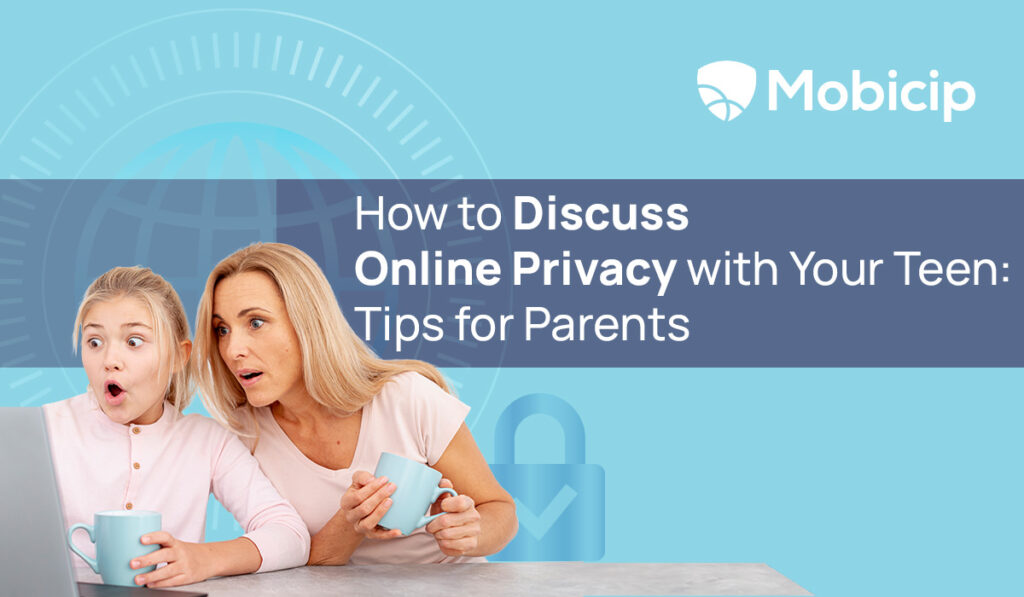
Respect Their Growing Independence
The final step in building an effective system of online monitoring is recognizing that, as teens mature, they seek greater independence. This is a natural part of growing up and one that should be encouraged. They need the space to explore things on their own terms and even make mistakes on their own terms – it is, after all, conducive to personal growth.
This doesn’t mean parents should step back completely; it just means they need to adjust their approach. Gradually reducing digital monitoring as one’s teen matures and adjusting content moderation and screen-time settings accordingly could help reinforce mutual respect and complement the transition from adolescence to adulthood. Tools such as Mobicip understand this and offer flexible settings tailored to age and maturity. By staying flexible, parents can work with their children and teach them to use technology responsibly.
Conclusion
When it comes to how to monitor your child’s online activity without invading their privacy, there are no easy answers or one right way. There are no easy answers, and there is no one correct approach. Parental control tools like Mobicip can make the process easier by providing flexible, comprehensive support. Ultimately, trust, communication, and teamwork help families thrive safely in the digital age.


